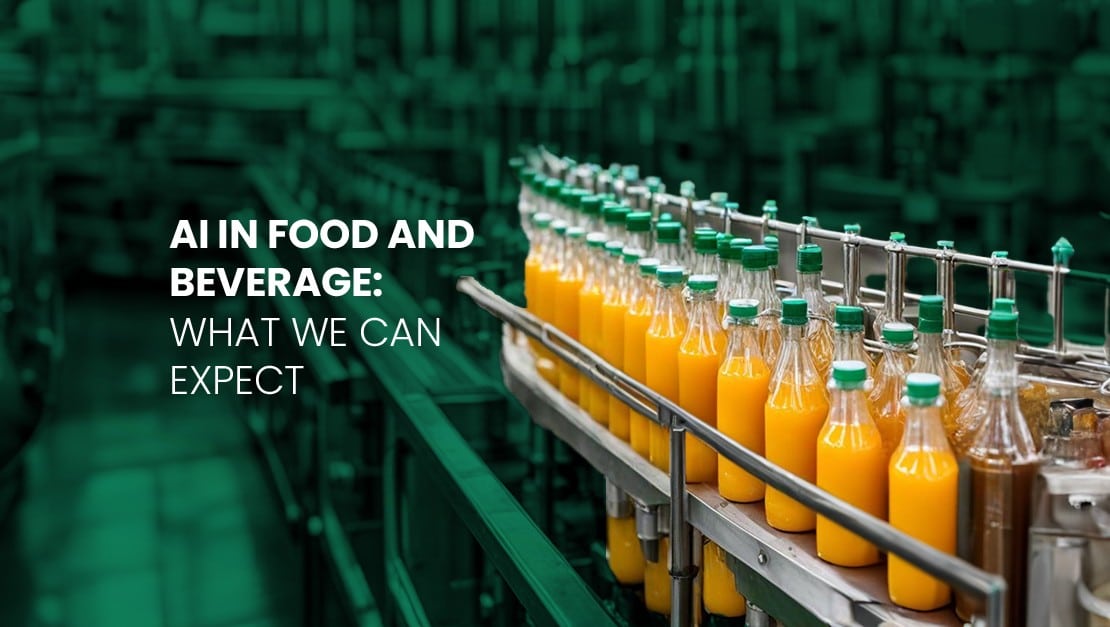From its inception, aviation has always been an industry that pushed the envelope. From the Wright brothers’ first flight in 1903 to the development of jet propulsion aircraft later on in the 20th century, flying has always been something that required technological advances.
Later on in the 20th century, the introduction of computers and automation further revolutionized flight operations, navigation, security, and air traffic management. Now, in the 21st century, it’s expected that many of the next advances in aviation will be closely tied to artificial intelligence (AI).
Initial applications of AI in aviation to improve efficiency and support flight planning laid the groundwork for the integration of AI into multiple aspects of aviation operations. In this blog post, we’ll take a closer look at what those applications are, the current challenges to implementing these new systems, and how speech-powered AI systems like aiOla stand to further transform the industry.
AI in Aviation: Real-World Applications
AI today can use advanced algorithms to transform different aviation workflows, from operations to how customers interact with airlines. Paired with other technologies like machine learning (ML), AI can apply smart algorithms to make manual tasks easier for pilots and employees across the aviation industry. Let’s take a look at how AI is being used today in aviation.
Flight Operations
AI is automating flight controls, helping airlines plan routes, navigate, and optimize efficiency and safety. Using AI algorithms, airlines can flight plan using insights on factors like air traffic, weather conditions, and field consumption to plan the best routes. For example, technology like SITA OptiFlight® uses real-time data to find fuel-saving flight scenarios, offering pilots the best route scenarios. Not only that but when AI systems like this are integrated with weather prediction systems, they can provide accurate forecasts, helping pilots and airline staff make real-time decisions to ensure smoother and safer journeys.
Maintenance and Repairs
AI in aircraft maintenance plays an important role. Predictive maintenance systems rely on AI analytics to predict potential failures, preventing them before they occur. Using AI to analyze huge quantities of data gathered from sensors and maintenance records, proactive maintenance systems can help avoid costly downtime. Airbus’s SmartPlanif system uses AI to plan and automate maintenance tasks, ensuring important inspections and checks get done on schedule. By automating maintenance tasks with AI, airlines can further streamline operations and ensure quicker repairs with less downtime.
Passenger Experience
Aside from assisting with various technical aspects of flying, AI can also dramatically enhance the customer experience. With AI-powered chatbots and personal assistants, AI makes airline customer service quicker and more personalized. Delivering instant responses, streamlining booking, and offering personalized recommendations, AI has the power to make air travel more comfortable. A chatbot can help notify customers of flight changes, allow them to make changes independently, and alert them to delays or cancellations. When KLM Royal Dutch Airlines implemented an AI-powered chatbot to help manage customer queries, the average wait time went from 15 minutes to just two. More than that, AI can be used to tailor the in-flight travel experience with meal and entertainment preferences or even personalized amenities.
Air Traffic Management
It’s not only airlines that are using AI to their advantage, but air traffic management bodies as well. Currently, advanced systems are being tested and researched to use AI to help air traffic control and route planning. Many countries have a shortage of air traffic controllers, who take three years to train. To alleviate the stress of this lack of manpower, researchers are turning to AI to direct aircraft, find more fuel-efficient routes, and predict congestion or delays at busy airports. UK-based researchers are planning to run live tests by 2026, in which AI agents will be tested on real-time air traffic data and compared with human air traffic controllers.
Safety and Security
AI systems bolster safety and security measures in both airports and aviation systems. AI-powered surveillance systems can continuously monitor movements in an airport to help identify suspicious behavior or potential threats. Additionally, ML algorithms can analyze vast quantities of data to improve the passenger screening and baggage inspection process to enable agents to mitigate security risks. Today, the TSA uses AI in air travel to identify travelers with facial recognition technology, detect objects and prohibited items in luggage, and more.
The Challenges and Limitations of AI in Aviation
Implementing AI in aviation is not without its challenges. When managing large fleets of aircraft in different locations, accurately and securely gathering and storing data and adopting new technologies can be difficult. Below are some of the most important challenges and limitations to address before AI integration.
- Data privacy concerns: Passenger information, flight plans, and maintenance records are all considered sensitive data, and airlines need to ensure they remain private when integrating new AI systems.
- Extensive testing: AI in aviation needs to undergo rigorous testing to guarantee passenger safety, including simulations, real-world trials, and validation with regulatory standards.
- Resistance to change: As a traditionally conservative industry due to safety measures, aviation stakeholders may be initially hesitant to adopt new technologies, so implementation requires significant training, organizational change, and cultural shifts.
- Aviation environment complexity: AI systems need to be able to process huge quantities of data instantly to make split-second decisions, and adapting to the complex nature of aviation environments and operations can limit AI’s performance and reliability.
- Data quality: For AI systems to deliver accurate results, they need high-quality data. In aviation, data comes from many sources, making it prone to error, which can lead to suboptimal results and even safety risks.
Optimize Aviation Workflows With aiOla
Many of the AI systems used today in aviation rely on technologies like ML, automation, or visual sensors, but one type of AI in particular has the power to transform the way airlines work. Speech is an often overlooked source of important data and can affect workflows and automations. aiOla, a speech-powered AI platform, aims to bridge that gap in aviation and other traditional industries.
aiOla uses advanced speech-based technologies like advanced speech recognition (ASR) and natural language understanding (NLU) to extract meaningful data through keywords in speech. Through collecting this data, workflows can be automated and information can be gathered for accurate decision-making. In aviation, this technology has the power to effect change in a few ways:
- Coordinate between ground staff, cabin creator, mechanics, maintenance teams, and fueling teams just by gathering data through speech
- Complete maintenance protocols with quick and easy inspection that can be done using visual assessment and speaking about the observations
- Replace manual ground aircraft fleet inspection processes with hands-free procedures run entirely by voice
- Streamline internal flight checks like cockpit and cabin inspections to remain compliant at all times and relay information about potential risks quicker and more accurately
With aiOla, aviation companies can reduce inspection and ground time, avoiding costly delays and improving operational efficiencies. In addition, aiOla understands over 100 languages, including multiple accents, dialects, and even industry-specific jargon, meaning you can uniformly gather real-time data from multiple locations, such as airports around the world. Through speech alone, systems like aiOla give airlines and aviation companies the power to grow sustainably by maximizing productivity, boosting safety, and making operations more efficient.
Clear Skies Ahead: The Promising Future of AI in Aviation
There’s no doubt that we’re set to see AI’s role in aviation grow over the next few years. As AI technology becomes more reliable and more commonplace, aviation as an industry will come to rely on it more for passenger safety, sustainability, and better planning.
aiOla has placed itself at the forefront of this innovation, paving the way for speech-based technologies to improve the way airlines operate. With AI at the helm, significant challenges in aviation, such as customer service demands, flight delays, and safety concerns will not only be addressed but also overcome.








